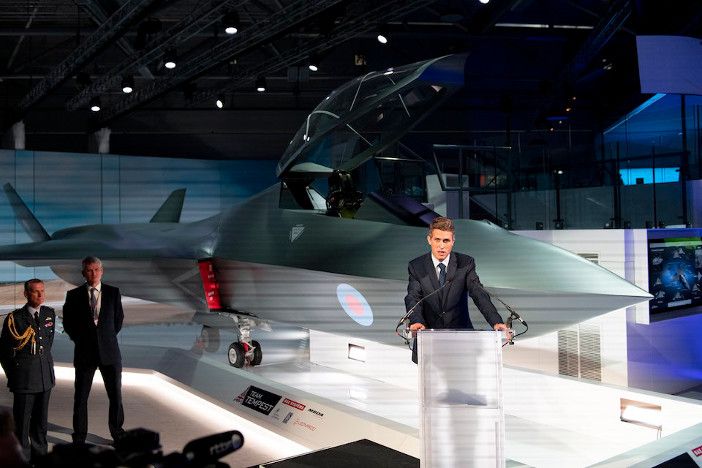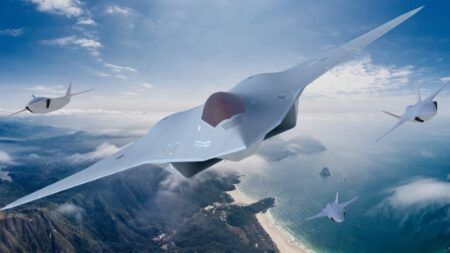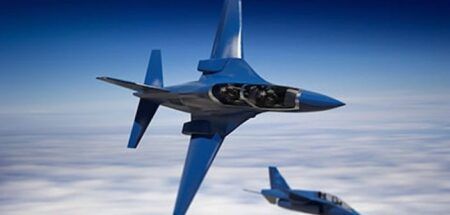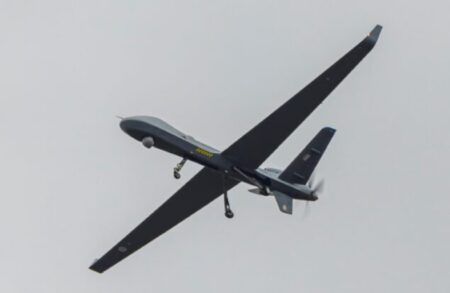The UK has revealed its next generation fighter jet, Tempest, which is being developed as part of a government-industrial program by BAE Systems, Rolls-Royce, MBDA UK and Leonardo.
“Team Tempest” is developing the underpinning technologies needed for the UK’s future fighter jet, which will replace the Eurofighter Typhoon by 2035 using an initial £2bn (US$2.6bn) of funding for technology development.
The Tempest will take the place of the Typhoon and will be capable of both manned and unmanned operations. Members of Team Tempest are already working on a program of between 50 and 60 separate work packages first established as part of the Future Combat Air Systems Technology Initiative (FCAS-TI) in 2015.
The areas of R&D covered by the FCAS-TI include advanced air combat system and integration, advanced power and propulsion, advanced sensors, electronics and avionics and weapons systems.
Speaking at the launch of Tempest at the Farnborough Airshow, Michael Christie, strategy and market development director, BAE Systems Air said, “We’re looking at concepts that are manned or unmanned and both. It’s about flexibility and being upgradeable. There will be a strong autonomous element no matter what.”
“The cockpit will be more software-driven, we are looking at how to recreate the cockpit in the helmet.”
Rolls-Royce is to develop an engine using advanced composites that integrate starter generators into the core of the gas turbine to generate more electrical power for the aircraft’s increased number of systems and sensors. The engine will have an increased power density and no external gearbox, so it can be more easily integrated into the air frame.
Conrad Banks, Rolls-Royce’s chief engineer for defence future programs, said, “This is more than an engine, it’s a future power system, providing a step-change in electrical power for avionics systems.”
“Nothing matches a gas turbine from a power density perspective, but we will take it to higher levels, by making it smaller and lighter, through using metal matrix and ceramics composites, and titanium reinforced with silicon carbide. We can take half the weight out of the compressor wheels alone.”
The FCAS-TI will result in a suite of technology demonstrations. The UK’s Ministry of Defence (MoD) is to make decisions “around how to acquire the capability” by the end of 2020, it said in a statement, and will make final investment decisions by 2025.
Leonardo is to develop multi-spectral sensors to give the fighter jet full situational awareness on the battlefield, and active and passive sensors to support combat effectiveness and survivability, including onboard and offboard countermeasure systems.
In addition, as part of the work MBDA UK is to develop directed energy weapons, multi-networked, swarming and hypersonic missiles, and future cruise and anti-ship weapons.





